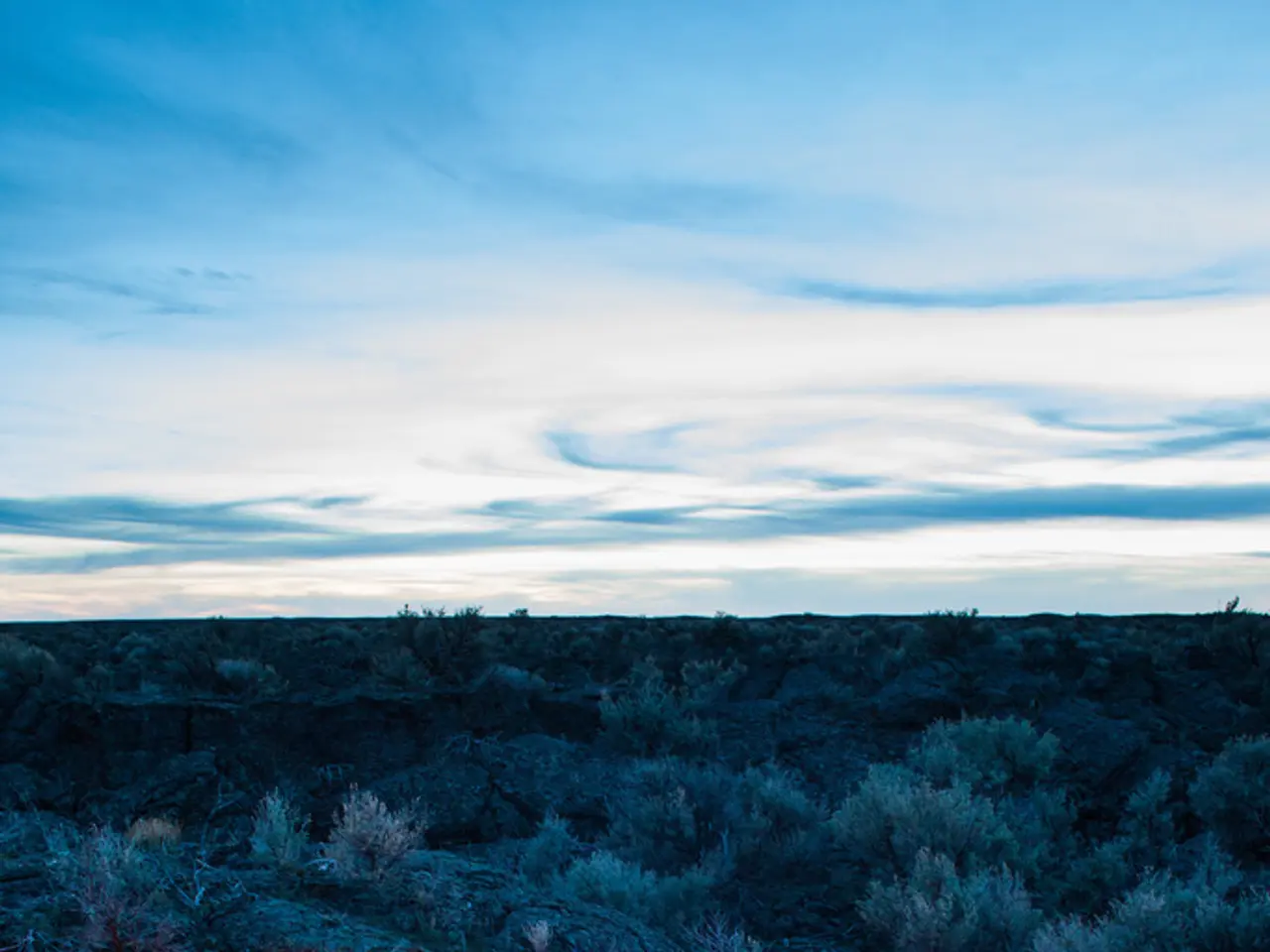Mastering the art of lighting a fire for your next camping trip: A comprehensive, systematic approach to ensuring a reliable campfire each time
Lighting a Campfire Safely: A Comprehensive Guide
Preparing to light a campfire can be an exciting part of any outdoor adventure, but it's essential to do so safely and effectively. Here's a step-by-step guide on how to light a campfire, along with some important safety tips.
Step 1: Gather Your Materials
Collect dry tinder (like dry leaves, paper, birch bark, or cotton balls coated with Vaseline), kindling (small, dry sticks or twigs), and firewood (larger, dry logs). Organize them by size and keep them close to your fire site.
Step 2: Build the Fire Structure
A common and effective method is the tepee formation. Place the tinder in the center, then lean small kindling sticks around it in a cone shape, leaving gaps for air flow. Next, stack a few larger pieces of kindling around the tinder tepee. Finally, lean larger logs around this structure, forming a pyramid or tepee shape.
Step 3: Ignite the Fire
Light the tinder using a match, lighter, or fire starter (such as a torch lighter, birch bark, or feather stick). Ensure the tinder catches fire and gradually ignites the kindling, which will then ignite the larger firewood.
Step 4: Maintain the Fire
As the fire grows, add more kindling and larger logs as needed to keep it burning steadily. Use a long stick or poker to manage the fire so it retains good airflow. Avoid smothering the flames by overstacking wood too quickly.
Step 5: Extinguish Safely
When done, pour water over the fire, stir the ashes thoroughly with a shovel, and pour more water until the embers are fully soaked and cool to the touch. This prevents accidental wildfires.
Safety Tips
- Always build your fire in a designated fire ring or pit to control flames.
- Keep a bucket of water, shovel, or fire extinguisher nearby for emergencies.
- Never leave a fire unattended.
- Avoid lighting fires on windy days or in dry conditions.
- Make sure all wood is dry to minimize excessive smoke and difficulty igniting.
- When visibility is reduced due to smoke, stop what you’re doing and move safely away from the fire site.
Jargon Buster
- Tinder: Very dry, easily ignitable small materials like dry leaves, paper, birch bark, or cotton balls; used to start the initial flame.
- Kindling: Small sticks or twigs that catch fire from tinder and help build the flame to larger logs.
- Firewood: Larger logs used to provide a longer-lasting fire once the flame is established.
- Tepee structure: A fire-building method where materials are stacked leaning against each other in a cone shape, promoting good airflow and efficient burning.
- Feather stick: A dry stick shaved into curls that ignite easily, used as a fire starter in wet conditions.
Following these steps and safety guidelines ensures a successful campfire experience. It's important to remember that making sure the fire is well and truly extinguished is extremely important to prevent wildfires. A solid burn is necessary if one plans to cook on the fire instead of a camping stove. Following a guide can ensure that the fire is lit every time, and the guide includes steps on how to light a fire that will burn all night, with an emphasis on campfire safety. It's not recommended to bring one's own wood from home or to chop down wood from live trees, as it can introduce invasive insects and diseases and is unethical. Campsites and residential centers often have firepits that can be used, but it's important to follow the guidelines for their use and respect these when creating a fire. To put the campfire out properly, the flames should be poured over with water, the fire area should be stirred with a shovel to soak the remaining embers, and water should be poured on it once again. The campfire area should then be felt with the back of the hand to ensure nothing is still smoldering. Once the larger branches catch alight, the tepee structure will start to buckle. Perfecting the craft of lighting a fire takes time, knowledge, and experience.
Engage in outdoor-living by building a safe and efficient campfire using the tepee structure, tinder, kindling, and firewood. Maintain a beautiful home-and-garden ambiance by appropriately extinguishing the fire, following the safety tips, and ensuring no unwanted residue or embers are left behind.




